Malasana Magic: How the Ancient Indian Squat Can Ease Constipation, Aches, Tightness, and More
Decoding The Power of the Great Indian Squat (Malasana)
Have you been seated for too long?
Are you struggling with constipation?
Tight hips?
Sluggish digestion?
Lower backache?
Sciatica pains?
And more?
The answer may lie in the rich ancient Indian practice of Hatha Yoga – in the deep squat, also known as Malasana or the Garland Pose.
In this asana, you spread your feet shoulder-width apart and hold your hands in namaskar mudra (prayer pose).
What’s in a name? – The Bard (William Shakespeare) may have once said.
But when it comes to this pose, it contains a rich history and sheds light on words lost in translation.
Mala in Sanskrit means garland or rosary. However, some yoga schools dispute this translation. When pronounced with a long ‘a’ sound, it means garland, but when pronounced with a short ‘a’ sound, it translates to excrement.
This latter translation is considered the true origin of the pose name, as it resembles the squatting position used to eliminate waste.
How do you do Malasana? A step-by-step guide
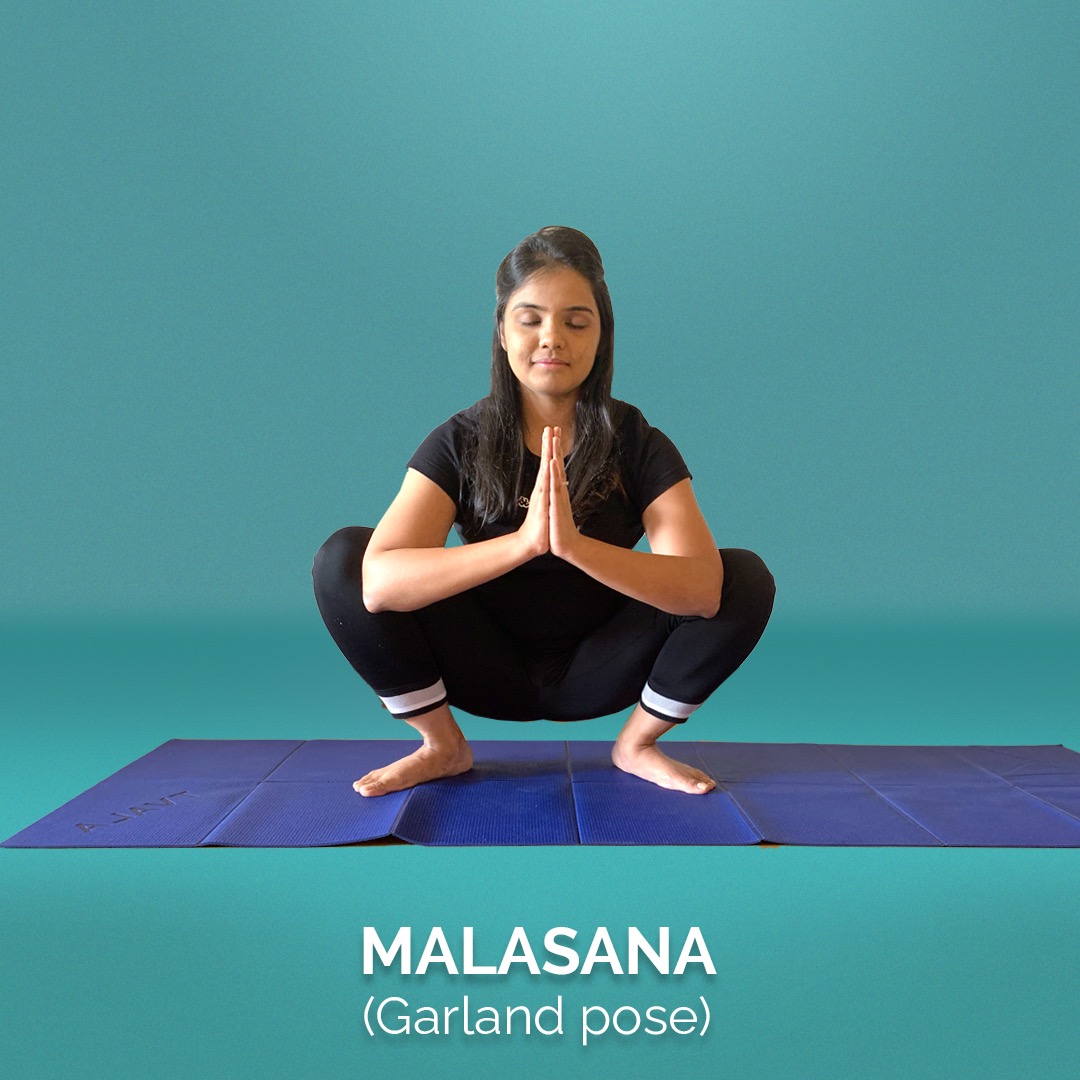
- Begin by standing with your feet about hip-width apart and your arms resting by your sides.
- Slowly start squatting down, bringing your hips towards the ground. Keep your feet parallel or slightly turned out, whichever is more comfortable.
- As you squat, use your elbows and gently push your thighs apart. It will help create space for your torso to fit between your thighs.
- Bring your palms together at your heart center in a prayer position or namaskar mudra. Use your elbows to press your thighs out a little more to open up your hips.
- While maintaining the squat, lengthen your spine by lifting your chest slightly. Imagine your spine extending upward rather than rounding.
- Draw your navel towards your spine to engage your core muscles. It will help stabilize your posture and support your lower back.
- Try to hold the pose for 30 seconds to a minute. You might feel a stretch in your hips, groin, and ankles.
- Take slow and deep breaths as you hold the pose. Feel the expansion of your chest and the movement of your breath.
- To release the pose, gently place your hands in front of you and lift your hips as you straighten your legs. You can then return to standing.
It is crucial to listen to your body and go only as deep into the pose as it feels comfortable. If you are new to this pose or have any physical limitations, it will take time to build flexibility and strength to fully achieve it.
Why should you do the Malasana?
Because…
It is the most natural way to sit!
What are the benefits of Malasana (Garland Pose)?
Eases constipation
If you were born and raised in India or most of Asia, you will notice that it is the most natural way to sit. Most people in rural and urban India still sit this way, especially while pooping. This position makes scientific sense because it enables proper alignment for easier evacuation.
Did you know that Indian toilets are scientifically designed? Why do we say this?
When our ancestors sat down on the floor in a squatting position to pass a motion, it enabled a proper alignment for easier evacuation. It was later replaced by Western commodes. Today, many of us struggle to squat. But increasingly. However, in recent years, people have been going back to their roots and adopting squatty potty after realizing the importance of squats.
Practice Malasana as a part of your morning ritual today before you visit the restroom. This pose enables a smoother and complete bowel movement and is especially useful for individuals who are constipated or complain of incomplete evacuation, flatulence, and bloating. Malasana also helps open tight hips, reduce lower back pain, strengthen glutes, and feel grounded.
If you are constipated, try sitting in malasana for 1-2 minutes. You could even try sipping on a glass of warm water while in this pose and notice how it helps ease your bowel movements. Apart from stools, malasana can also help release trapped gasses to relieve flatulence and bloating.
Malasana engages the pelvic floor muscles, which are essential for maintaining bladder control and overall pelvic health too.
Helps ditch the long sitting hours
The bitter truth is we are all sitting more than we were designed to. And every day, the cases of obesity, belly fat, spondylosis, cervical issues, and sciatica are rising. If we are being honest, the chair is the worst invention because it keeps most of us chained to it all day long.
With the temptations of ultra-soft cushions and recliners that feel leisurely but spoil our spine alignment, many of us need to ditch it now and then to get into Malasana.
Malasana deeply stretches the hips, groin, and inner thighs. It is deeply beneficial if you spend a lot of time sitting and working, as it helps to combat the tightness that can develop in these areas. While at work, you can also take your calls and answer texts in this position.
Improves posture, aids spinal alignment
Malsana will not only help you break the sitting but also improve your posture. It encourages an elongated spine and helps to open up the chest and shoulders. This can lead to improved alignment, which in turn can benefit your overall posture and breathing.
Opens tight hips and calves, aids ankle mobility
Tight hips and calves? It is a clear sign of a sedentary lifestyle and poor blood circulation. Malasana helps you reactivate blood circulation around the hip region that actually stagnates when we sit. It opens up your hips and groin, boosts pelvic and back health, and opens up tight glutes and hamstrings, thus improving mobility. Better blood circulation from the hip down helps keep your reproductive organs healthy.
The pose requires you to flex your ankles, which can help improve ankle mobility and reduce stiffness.
Supports lower back and aids core strength
Holding the squat engages the muscles of the lower back and core. This can lead to improved core strength and stability, contributing to better posture and reduced risk of lower back pain.
Tones the body
Malasana helps bring muscle tone in your glutes, tights, and around your belly as it engages all these muscles.
Stimulates digestion
As you sit in Malasana, you will notice a certain pressure on your lower abdomen. This pressure helps gently massage your digestive organs and stimulate them to secrete enzymes and digestive juices. Result: enhanced digestion!
Prepares women for childbirth
Malasana can be a useful posture for pregnant individuals, as it helps to open the pelvis and strengthen the pelvic muscles preparing them for childbirth. It can also provide relief from lower back discomfort often experienced during pregnancy.
Grounds you
It benefits you spiritually too. Malasana gets your body close to the ground (Mother Earth) and helps you feel safe and calm. It is considered a meditative pose that encourages introspection and self-awareness.
Malasana also activates your root chakra (Muladhara) and unleashes an immense surge of grounding, balance, sexuality, vitality, strength, and self-assurance. Holding the pose requires focus and attention, which helps you become more mindful of your body and breath and reduces stress.
Things to remember:
- If it’s challenging to maintain the squat, place a folded blanket, yoga block, or cushion under your heels for support.
- Unable to sit flat on your feet because they feel tight? Try sitting on your toes. You will get there with consistent practice. You can also take the support of a wall to rest your back in the beginning.
If you are confident that you have aced your pose, take it a step further with this Malasana variation:
- Try twisting your torso 2-3 times sideways to help further tone your body and stimulate your digestion, as it also helps gently massage your digestive organs.
Who should be careful while practicing Malasana?
Contradictions: Avoid this asana if you have severe knee issues, especially surgery. Or seek guidance from a qualified teacher.
The bottom line
Do it anytime and as often as you can. But doing it in the morning on an empty stomach works best. Even when you find yourself sedentary, practice this with mindfulness and intention. Teach this to everyone at home, including your kids. You can hold and be in this position for 30 seconds to a minute as long as you are comfortable.
As with any yoga pose, practice and patience are key. If you’re unsure about your form or have any concerns, consider practicing under the guidance of a qualified yoga instructor.
How Malasana has helped our clients
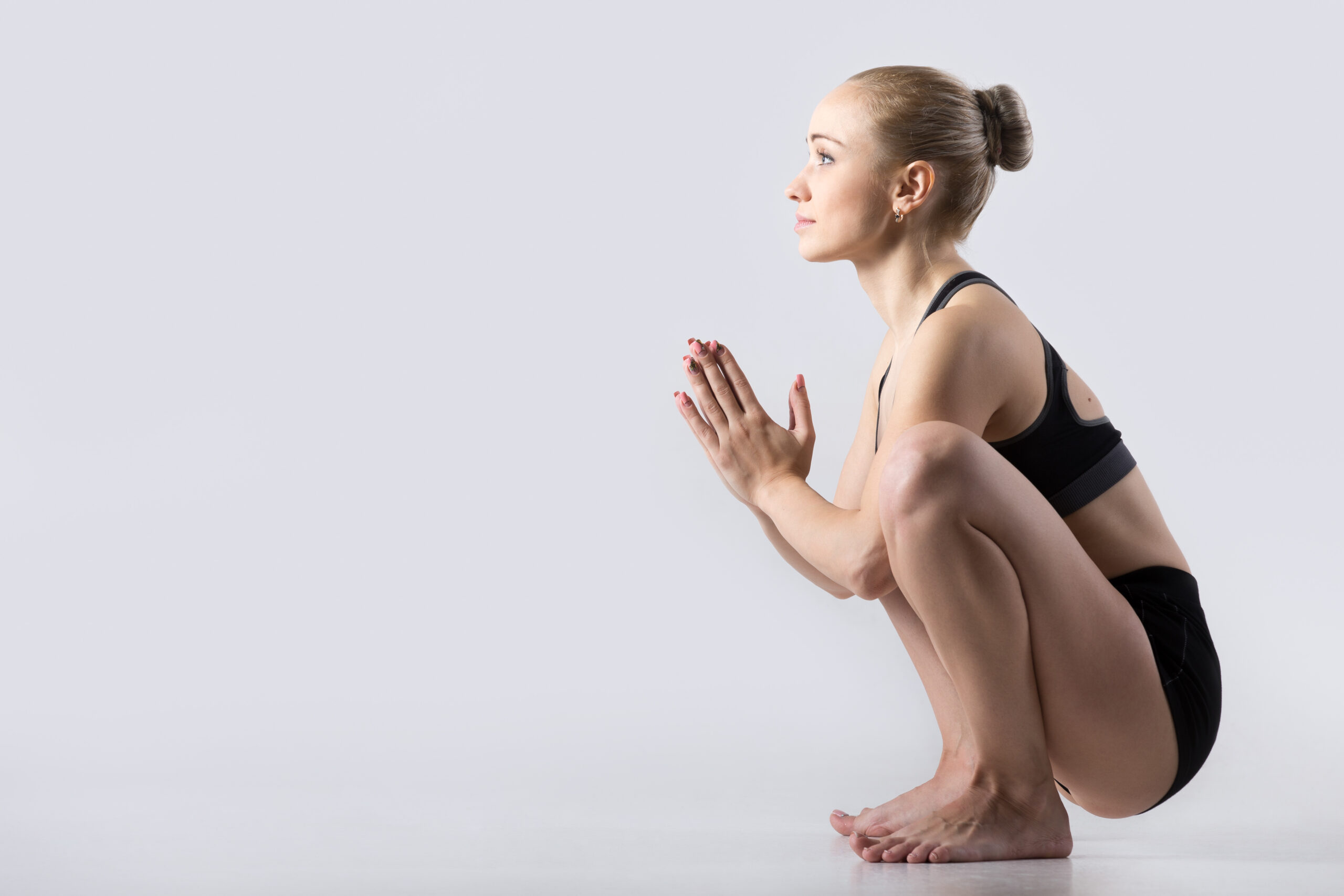
“When I joined you, my first concern was my gut and bowel movement. Every day for the last 10-15 years, I have been using an enema to release all the bowels. So this was very difficult for me, as I used to carry enemas everywhere I traveled. It troubled me for a long time. And I didn’t know the reason for that.
I had severe constipation. When I got introduced to you and with your guidance, I started eating healthy food, focusing more on how to resolve this with a change in food, movement, sleep, emotional wellness, and sitting in Malasana. I am so happy to tell you that I don’t use enemas anymore, and I hope to continue the same thing.”
“I went into lockdown with a little extra weight, around 2 kg more than my ideal weight. My digestion had slowed down, and I was feeling uncomfortable. On your advice, I restarted intermittent fasting on Mondays and Tuesdays, plus a little more physical exercise and incorporating Malasana. It worked like a miracle. Within a month or two, I was back to normal, and the extra 2 kg fell off!”
Struggling with gut issues? Need personalized guidance to manage it? We help you find a way
Know more about our holistic Gut Health Program here
Set up a one-on-one consultation with our yoga experts by writing to us at consults@lukecoutinho.com, on WhatsApp, or call 1800 102 0253.
Get in touch with us
|
From a pimple to cancer, our You Care Wellness Program helps you find a way Talk to our integrative team of experts today 18001020253 |

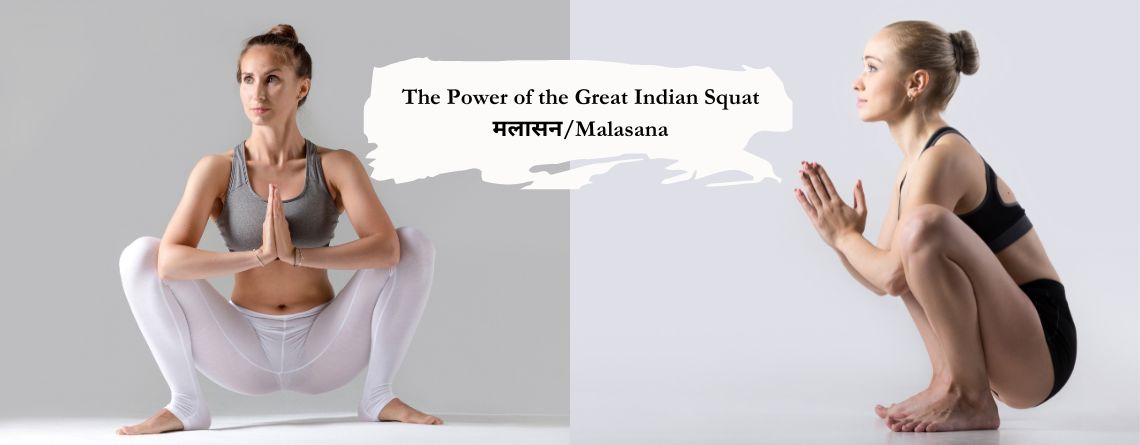

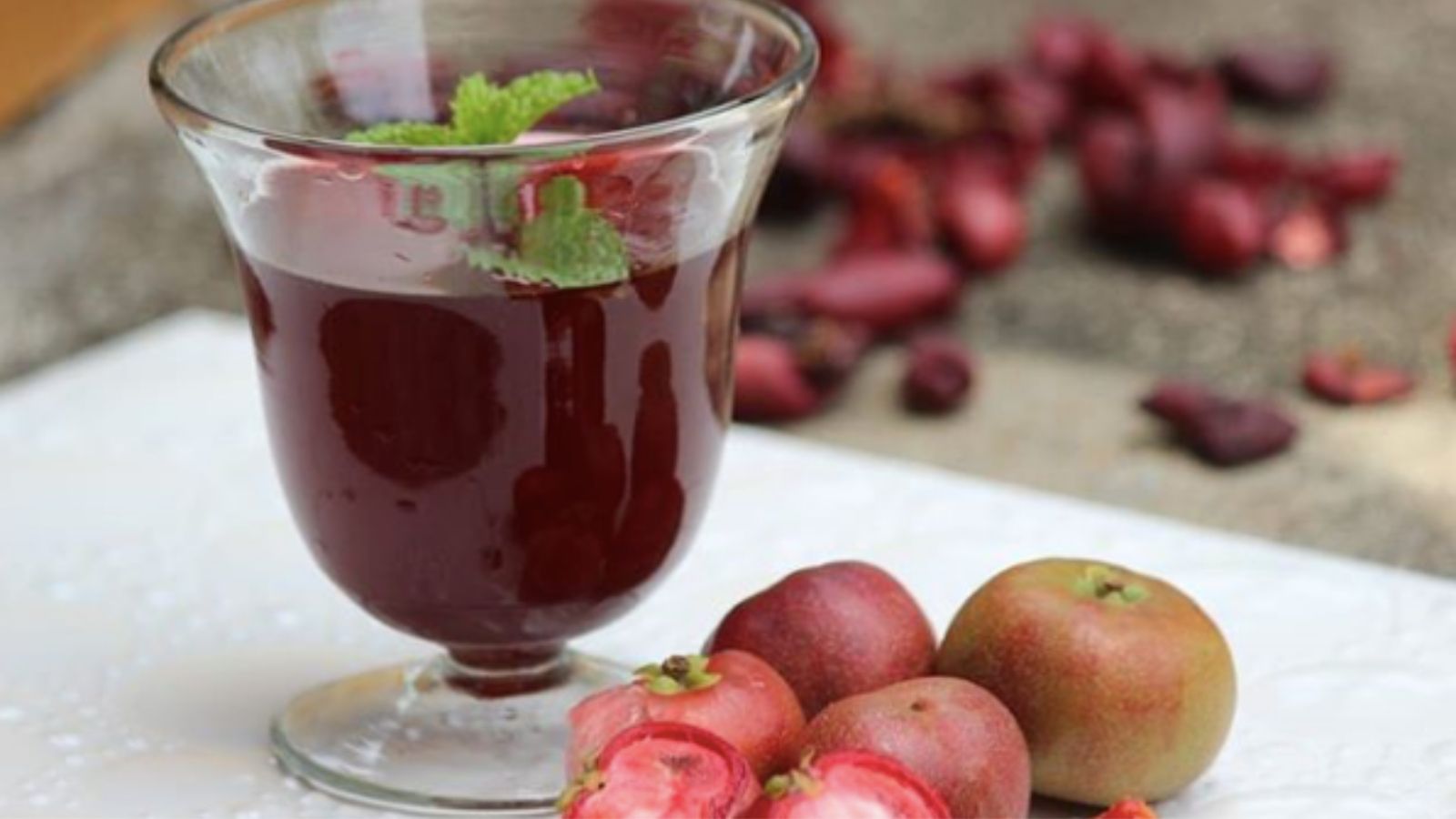

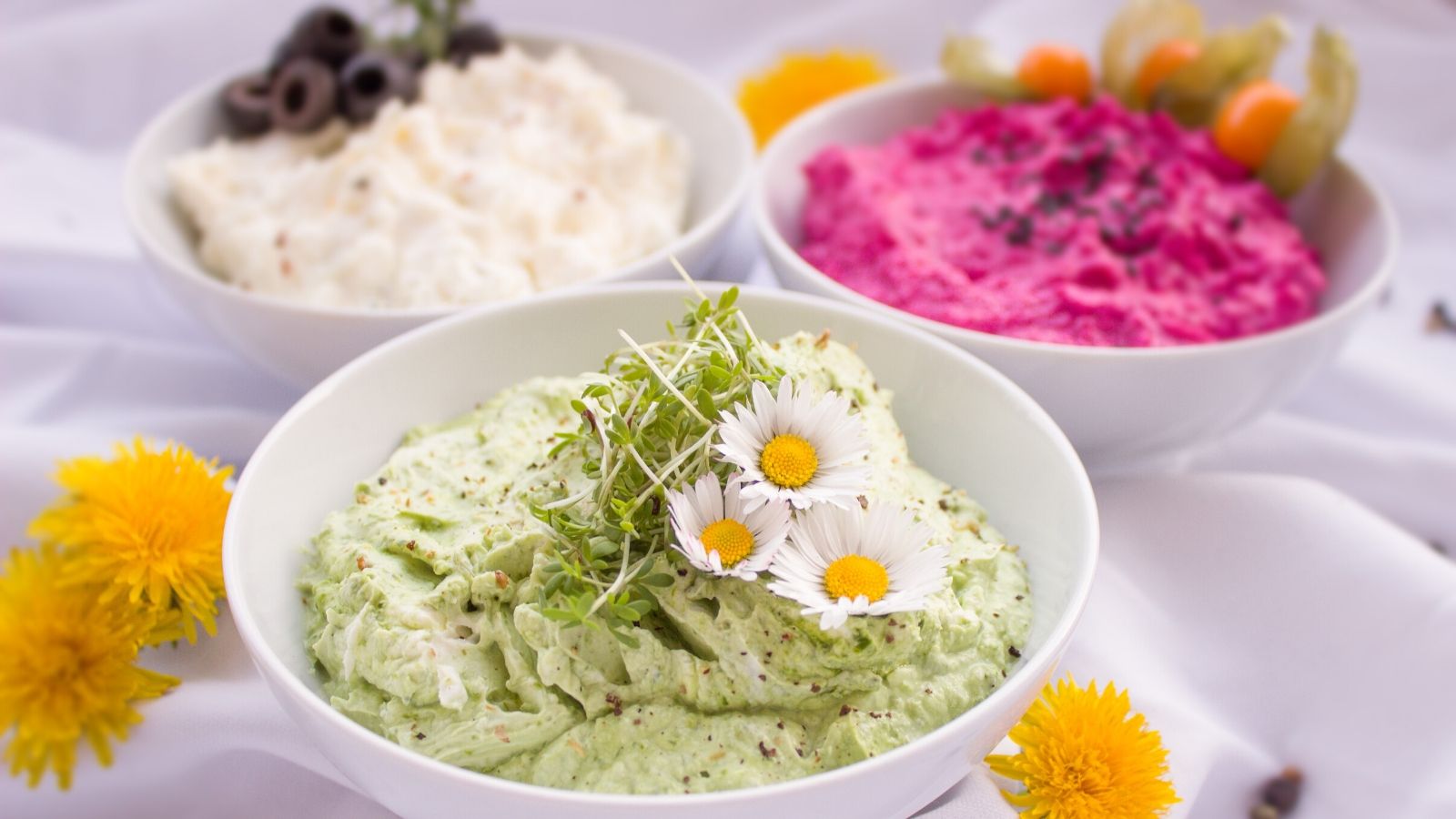
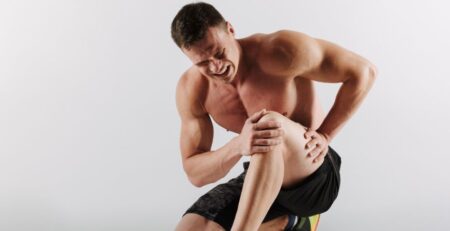

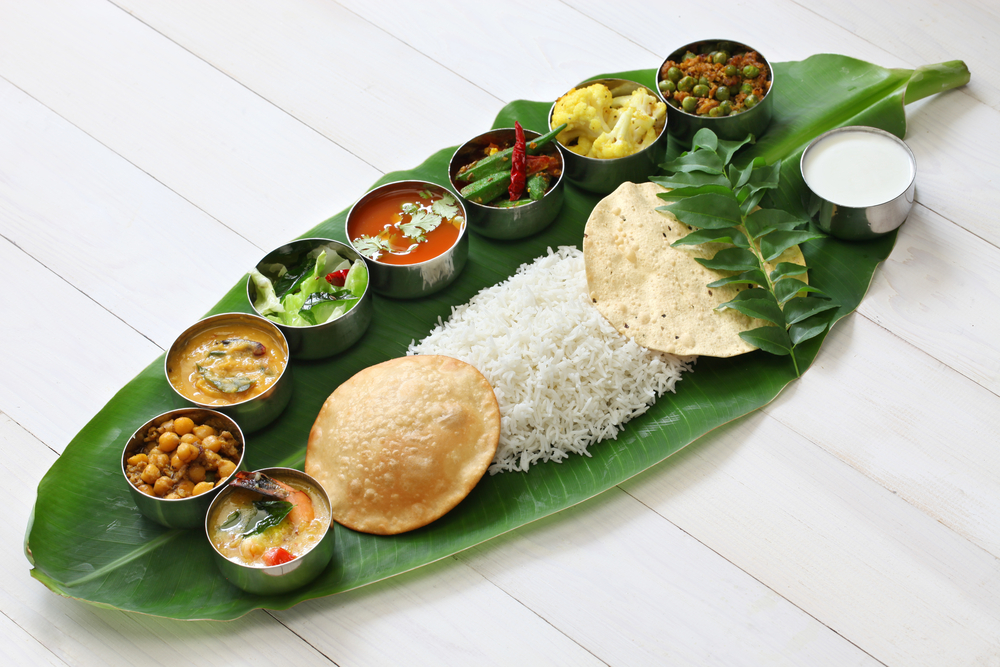
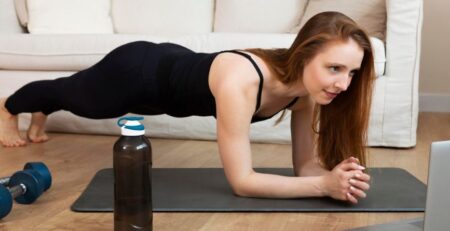
Leave a Reply